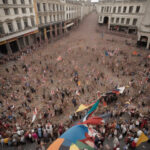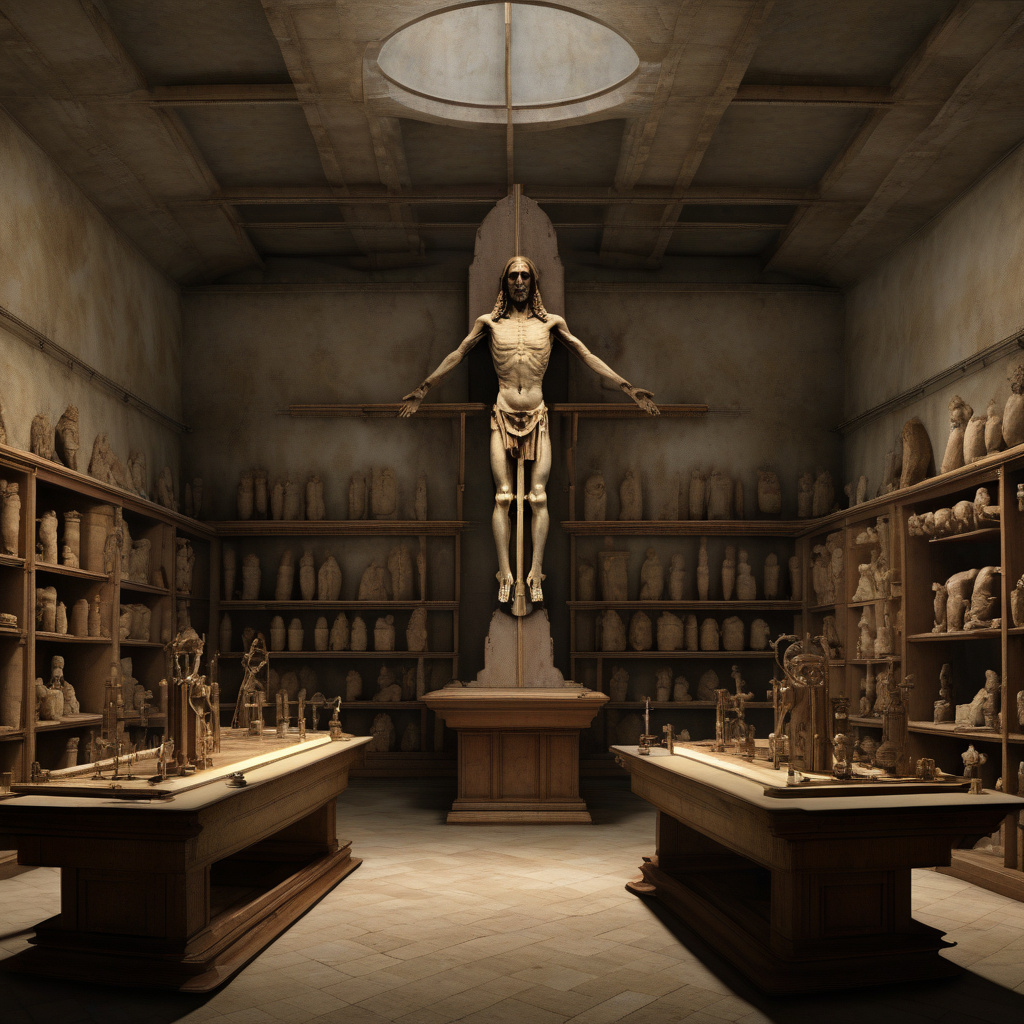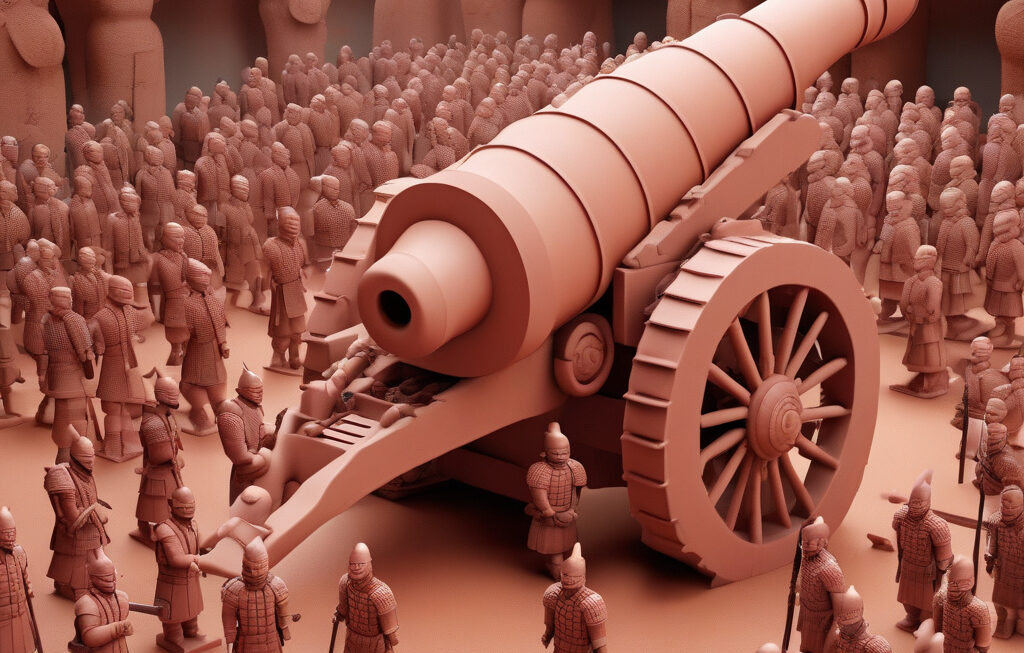Shroud of Turin: Unveiling the Truth Behind the Controversial 3D Models
The Shroud of Turin has been a subject of long-standing debate regarding its origins. A piece of linen cloth bearing the image of a man who appears to have suffered physical trauma consistent with crucifixion, it has been revered by some as the burial shroud of Jesus Christ. However, recent research using 3D modeling techniques has shed new light on the enigmatic artifact, suggesting that it may not be what it seems at first glance.
A study conducted by Italian researchers focused on creating a three-dimensional model based on the subtle crease patterns found on the Shroud of Turin. The results were surprising – the 3D model closely resembled a medieval sculpture rather than a real human body. This discovery challenges the authenticity of the shroud and raises questions about its true origins.
While believers argue that the shroud’s intricate details could only have been produced by contact with a human body, skeptics point to inconsistencies that cast doubt on its veracity. The debate continues to divide experts and enthusiasts alike, with each side presenting compelling arguments to support their claims.
Proponents of the shroud’s authenticity highlight its historical significance and the profound impact it has had on countless individuals throughout the centuries. For many, the possibility that the cloth once wrapped the body of Jesus is a matter of faith rather than scientific scrutiny. The mystery and intrigue surrounding the artifact only serve to fuel speculation and keep the debate alive.
On the other hand, skeptics argue that the scientific evidence does not align with the claims of authenticity. The 3D models provide a new perspective that challenges traditional beliefs about the shroud, prompting a reevaluation of its place in history. By analyzing the unique features of the cloth using advanced technology, researchers are able to uncover clues that may have been overlooked in the past.
The implications of these findings extend beyond the realm of religious belief, touching on broader questions about the nature of historical artifacts and the importance of critical inquiry. In an age where technology enables us to explore the past in ways never before possible, the Shroud of Turin serves as a compelling case study in the intersection of faith, science, and skepticism.
As the debate rages on, one thing remains clear – the Shroud of Turin will continue to capture the imagination of people around the world. Whether viewed as a sacred relic or a clever forgery, its mystique endures, inviting us to ponder the mysteries of faith and reason. Only time will tell if the truth behind the shroud will ever be fully revealed.
In the meantime, researchers will continue to analyze the 3D models and explore new avenues of investigation in the quest for answers. The Shroud of Turin may remain a enigma, but it is an enigma that continues to fascinate and inspire curiosity in equal measure.
Shroud of Turin, 3D Models, Medieval Sculpture, Origins, Historical Artifact












